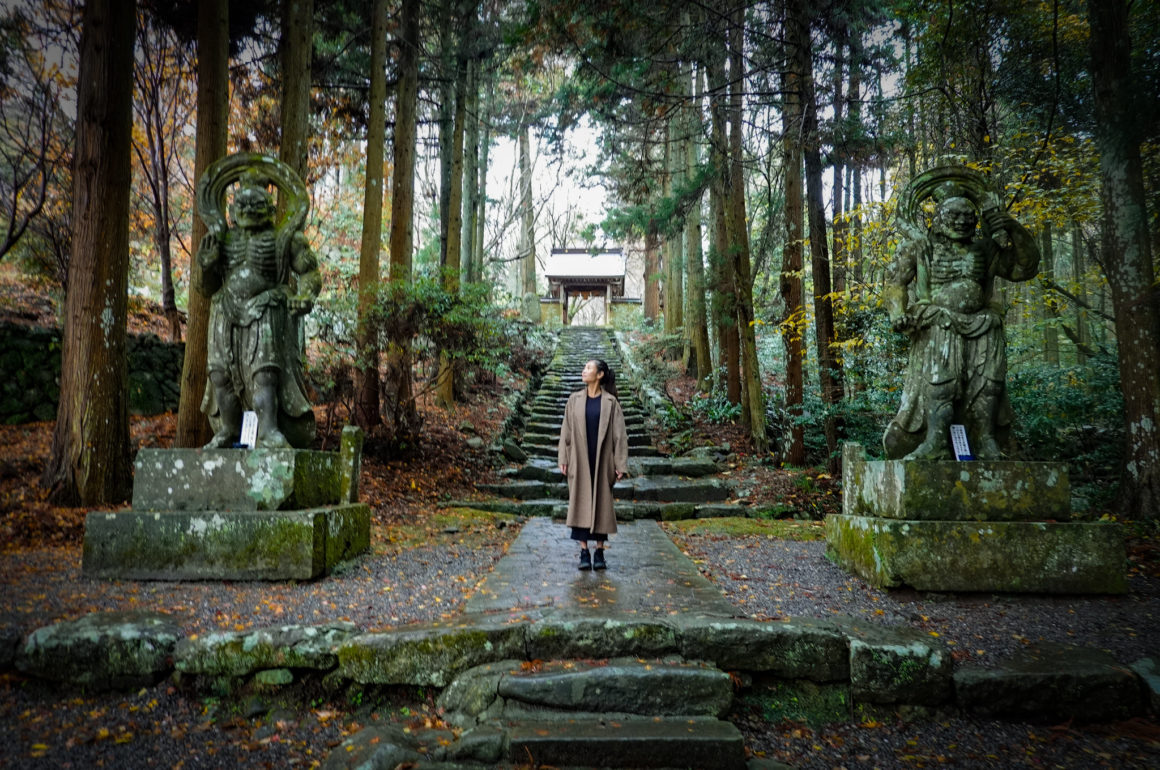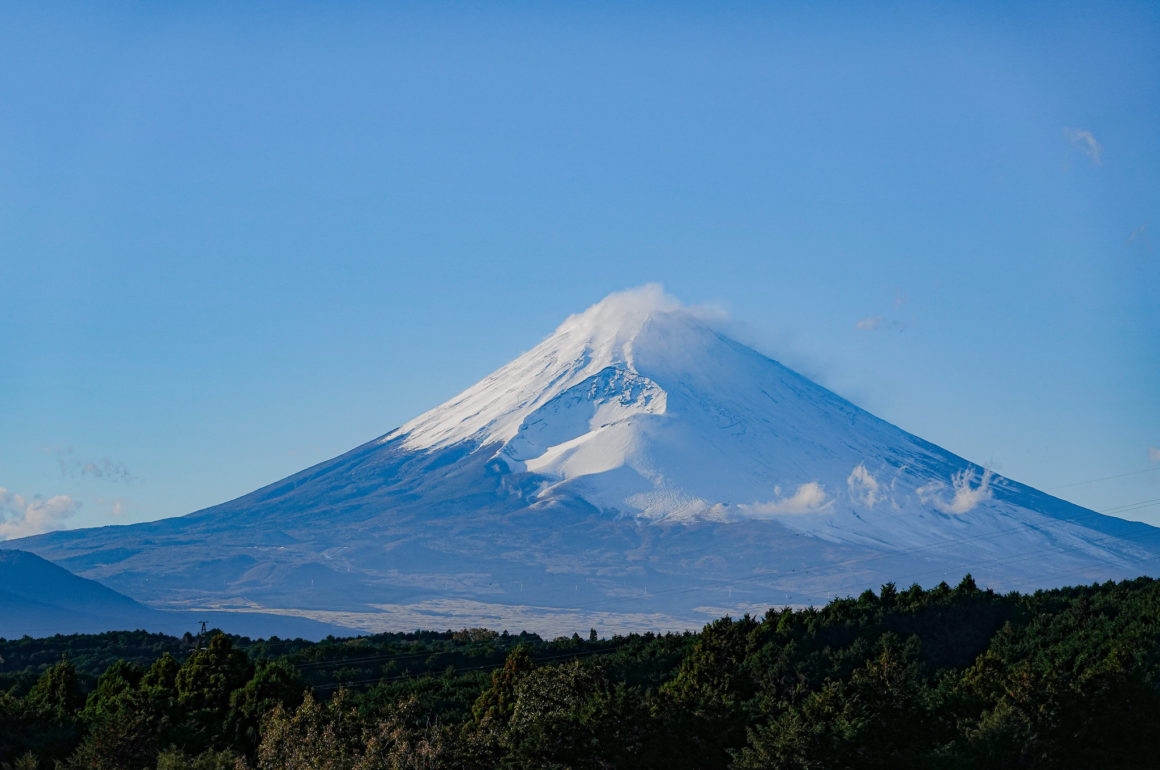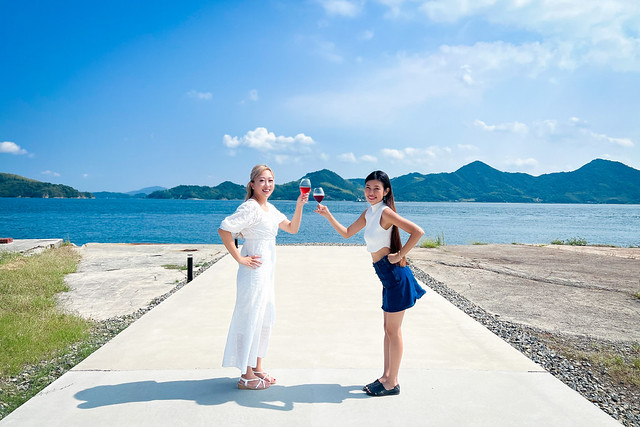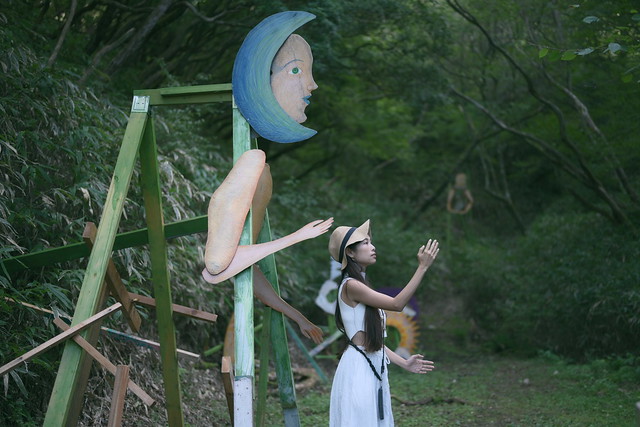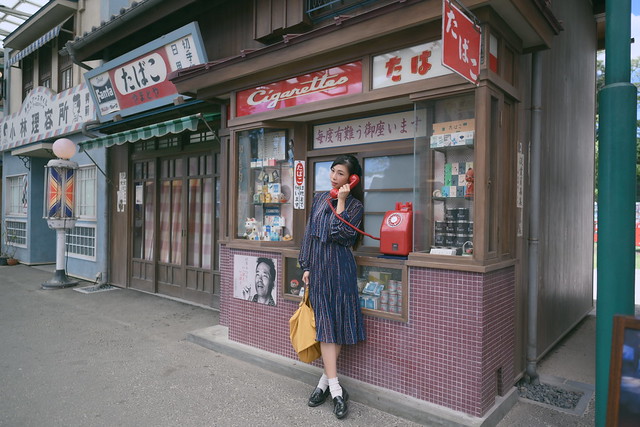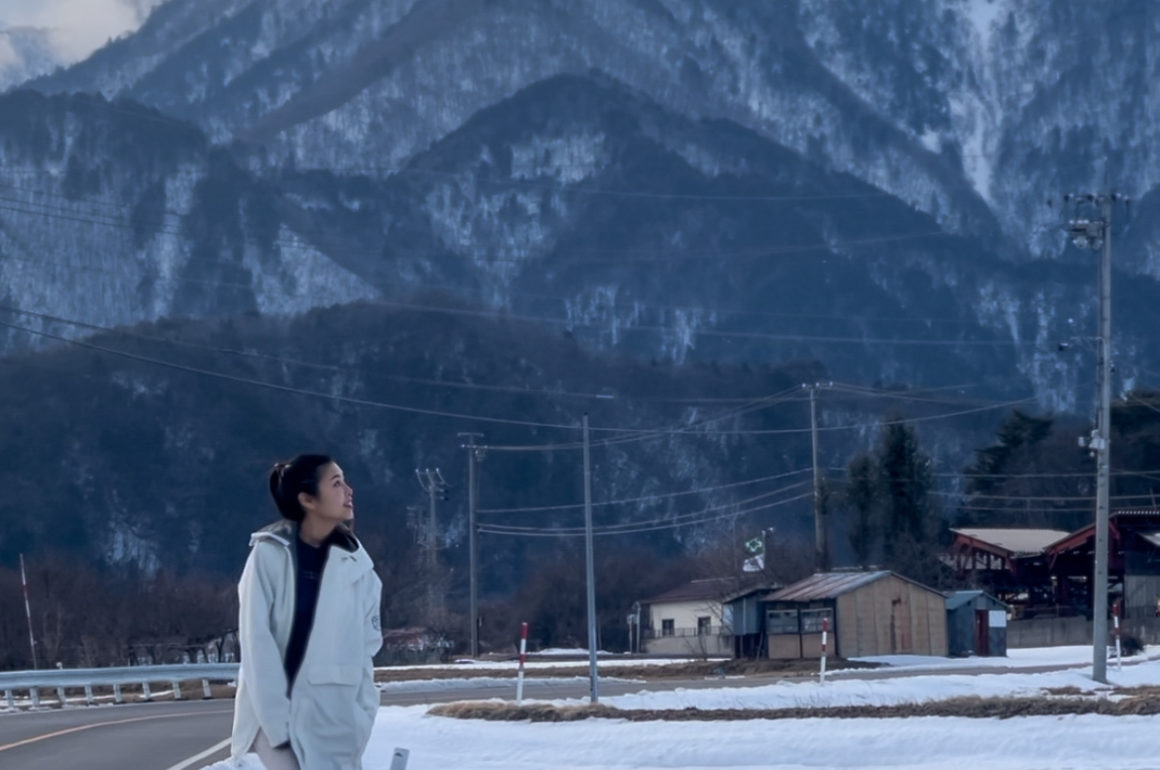
Hello travelers! Today we are back exploring yet another gem of Japan’s snowy region–Omachi City.
Many of you may have heard of the eternally popular Tateyama Kurobe Alpine Route, but few know that the gateway to this magnificent alpine odyssey is the humble town of Omachi.
Omachi, often overshadowed by its more renowned neighbors like Hakuba and Matsumoto, stands as a serene passage for those embarking on or returning from their Alpine adventures. Sitting at an elevation of around 700 meters, its geographic location enables Omachi to thrive as a hub for mountain tourism, showcasing its unique charm in every season.
As a travel enthusiast who’s always on the lookout for off-the-beaten-path destinations, I was captivated by Omachi’s charm and I’m excited to share why this city deserves a spot on your Japan travel itinerary.
How to Get There
Don’t be fooled by the various names this town goes by. In fact, “Omachi” (literally “big town” in Japanese) is quite a common name for places across Japan. To differentiate it from others, Omachi City in Nagano is frequently referred to as Shinano Omachi, with “Shinano” being the old name for the Nagano province.

Accessing Shinano-Omachi Station from Tokyo is quite straightforward. Here are the best options:
Depart from Shinjuku: Take the Azusa Express from Shinjuku Station to Matsumoto Station (2.5 hours), and then transfer to the local JR line to Shinano-Omachi Station (1 hour).
Alternatively, if you prefer to depart from Tokyo Station: Take the Hokuriku Shinkansen to Nagano Station (1.5 hours). Once you arrive at Nagano Station, you can either transfer at Matsumoto Station on the Shinano Railway Line (50 minutes) before taking a local line to Shinano-Omachi (1 hour), or take an express bus directly to Shinano-Omachi.
Around the Station
Omachi’s main attractions are pretty compactly concentrated around the train station. The mains street itself is pretty atmospheric and one can end up spending a good half a day strolling around. Here are some of the top attractions you may want to check out:
Cooking Workshop at Wachigai

Immerse yourself in the local culture with a hands-on cooking workshop at Wachigai, a beautifully renovated traditional townhouse. Discover how Omachi’s residents rely on preserved foods for winter sustenance. For instance, rice mochi is frozen for preservation; to cook it, you’ll first need to mash it into powder form, then add water to re-mold it into a dumpling with a completely different texture!
Lunch is provided even for those who don’t have time for a cooking class. For nihonshu enthusiasts, don’t miss the optional sake tasting. Omachi is renowned for its pristine spring water, originating from the melted snow of the Northern Alps’ peaks. The locals take pride in their water quality, which is a key ingredient in the brews from the three long-established sake breweries.
Website: www.wachigai.com
Iizura Omachi Specialty Shop
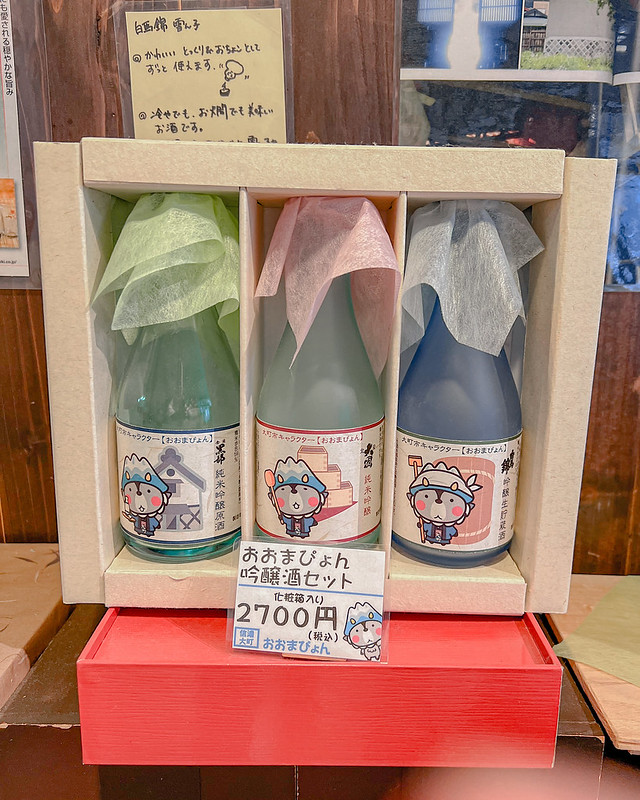
This is your go-to spot for souvenir shopping. Typical local specialties include sake, buckwheat noodles, fruit jams, and juices. Also, check out “Omapyon,” the adorable mascot of Omachi City, who is an antelope—the city’s municipal animal—proudly adorning the Northern Alps on its head.
Mitsumata Sanso Toshokan

In town, you’ll find several inviting cafes perfect for unwinding. Among them is Mitsu Tosho, a charming book cafe that offers a cozy spot by the fireplace. Here, you can indulge in the serene pleasure of watching fluffy snowflakes drift past the windows, or lose yourself in the pages of a book.
Salt Road Chojiya
This museum, housed in an Edo era building, delves into the history of the Chikuni Kaido, also known as the Salt Road. This ancient route was used to transport salt from Itoigawa on the Sea of Japan coast through Omachi to Matsumoto.
The exhibits showcase old transportation methods for cattle and heavy goods, traditional traveling attire and lunch boxes, daily tools of the local residents, ancient documents and more, offering a glimpse into the lives of the people who once traversed this road.
My favorite was the very unique festival called Kodomo Yabusame (children horseback archery), a fascinating spectacle for visitors to appreciate the importance of maintaining these age-old practices in modern times.
Website: http://www.alps.or.jp/choujiya/
Winter Activities
Jiigatake Ski Resort

Jiigatake Ski Resort is a favorite among local families, particularly for its gentle slopes and its status as one of the least crowded destinations within the Hakuba Valley, making it an ideal spot for beginners eager to experience winter sports.
The resort also offers rental services for both ski and snowboarding gear, guaranteeing that visitors are well-equipped for a full day of adventure on the slopes.

For those seeking a dash of excitement, embark on a snowmobile forest tour—no driving license required. This exhilarating, hands-on adventure invites you to delve deeper into the mountains aboard a snowmobile, with the thrilling opportunity to be at the helm yourself!
While the idea of operating these machines may seem daunting at first, they are surprisingly straightforward, utilizing just a throttle and brake for control. An extensive orientation provided by a skilled instructor ensures that even first-timers feel confident and welcome.
Website: https://jiigatake.com/
Wakasagi Fishing
Are you looking to combine outdoor adventure with the chance to savor local culinary delights? POWWOW, an outdoor adventure club delivers an ideal beginner-friendly experience with wakasagi (smelt) fishing.

This delightful winter activity traditionally involves setting up tents on frozen lakes and drilling holes to fish through. However, with Lake Kizaki seldom freezing due to recent temperature rises, the adventure has been creatively adapted. Instead of ice fishing, we embarked on a journey across the lake to the floating huts, where we could fish in the warmth and comfort of sheltered spots.

Guided every step of the way by our expert instructor, we swiftly filled our bucket with lively smelt. The catch of the day was then taken back to be transformed into exquisite tempura, offering a rare experience to harvest your own food in wild nature.
POWWOW also offers tons of other nature activities outside of winter season, which includes canoeing, SUP, camping, sauna and more. No matter when you choose to visit, you’re guaranteed to find something delightful to immerse yourself in.
Website: http://kizakiko-powwow.com/
Cultural Experiences
Matsuzaki Washi: The Last Paper Maker in Town
When I published the reels about my experience on Omachi City on my social media, the story about Matsuzaki Washi captured the hearts of many and went viral.
Let me set the stage.
Washi, or Japanese craft paper, is made using time-honored techniques that have been preserved for centuries, can be found all over Japan. In Omachi City, it is said that during its prime time, there were over 300 washi makers in the Meiji Period. However, there’s only one last factory left in town right now, and that is Matsuzaki Washi.

Koshihara san is the third generation custodian of this craft at Matsuzaki Washi. When asked if he would have a successor, “I have decided I will be the last of the generation,” he solemnly disclosed, a statement that carries the weight of an era coming to a close.

Despite having children, Koshihara-san has chosen not to pass down his legacy, citing the sharply declining demand for traditional washi, which hardly justifies the continuation of its production.
Stay
KAI Alps by Hoshino Resorts
Hoshino Resorts stands as a beacon of luxury in the hospitality world, and Kai Alps is a shining example of its exquisite collection of accommodations.
Nestled in the verdant landscapes of Shinshu (old province name for Omachi and its surrounding areas), Kai Alps is a premier facility of Hoshino Resort, designed to offer guests an opulent countryside experience in Shinshu.
The KAI Signature Rooms at Kai Alps invite guests to immerse themselves deeply into the local culture. Each room is adorned with artworks by a local kiri-e (papercutting) artist and illuminated by floor lanterns crafted from Matsusaki washi paper–that’s right, handmade by Koshihara san.

Dinner at Kai Alps is an affair to remember, with playful culinary creations such as sukiyaki hotpot crowned with a mound of cotton candy, mimicking a snow-capped mountain—a feast for both the eyes and the palate.

For those seeking warmth and camaraderie, the irori (traditional Japanese hearth) serves as the heart of the resort. Here, amidst the crackling sound of burning coal and the gentle steam from kamado stoves, friendships are formed naturally between strangers, wrapped in the comfort of a cozy, at-home atmosphere.

Website: https://hoshinoresorts.com/en/hotels/kaialps/
Omachi Onsenkyo
Ryokusuitei Keisui Ryokan










